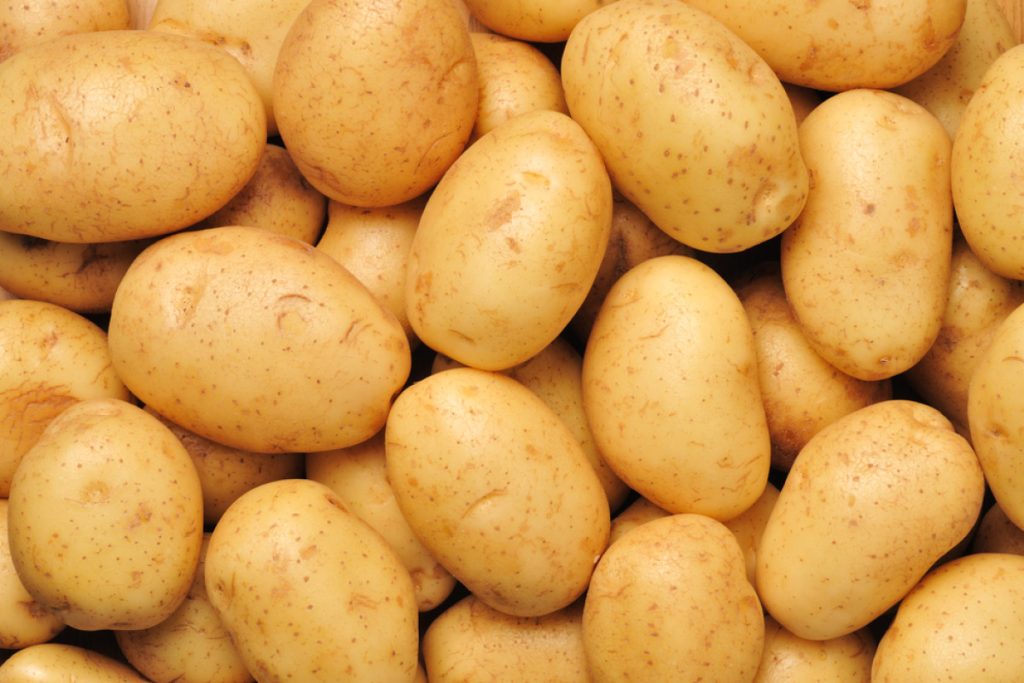The ketogenic diet has become a popular choice among people with health and fitness goals—whether it’s weight loss, blood sugar control, or improved athletic performance. But if you’re new to keto, it’s easy to make mistakes that knock you out of ketosis before you even begin to see results.
In this guide, we’ll walk you through key keto do’s and don’ts that’ll help you stay on track. Even if you’re a seasoned keto follower, you might find a few reminders that help fine-tune your approach.
Keto Diet Do’s
1. Prepare a Keto Diet Food List
Keep asking, “What can I eat on keto?” It’s time to build a personal go-to list. Focus on high-fat, low-carb whole foods—like fatty meats, cruciferous vegetables, eggs, and full-fat dairy.
Start simple. Choose recipes with minimal ingredients and track your macros. Once you’re comfortable, explore more options—but stay within your keto-friendly range.
2. Eat Whole Foods
Yes, packaged foods are convenient, but many contain hidden sugars and poor-quality fats. Ingredients like agave nectar, dextran, and maltodextrin may sneak into even “healthy” snacks.
Whole foods are loaded with essential vitamins and minerals and reduce your risk of nutrient deficiencies. If you’re short on time, aim for minimally processed items with clean labels.
3. Eat Plenty of Healthy Fats
Don’t just load up on bacon and butter. Prioritize healthy fats like omega-3s and monounsaturated fats from fish, nuts, seeds, and vegetables. Think salmon, sardines, avocado, pecans, spinach, and flaxseed.
Fats should make up 60–75% of your daily intake—but quality always beats quantity.
4. Check Your Blood Glucose Levels
To enter and maintain ketosis, your blood sugar needs to be stable—ideally under 100 mg/dL. Monitoring glucose helps track your progress and spot any foods or habits that are kicking you out of ketosis.
This is especially important if you have type 2 diabetes or other metabolic concerns.
5. Watch Out for Hidden Carbs
Still not hitting ketosis even after cutting bread and sugar? Check your sauces, dressings, coleslaw, Greek yogurt, and nuts. Cashews, for example, are higher in carbs than you might expect.
Best practice: cook your meals at home and read every nutrition label twice.

6. Drink Lots of Water
Ketosis can cause dehydration because your body flushes out glycogen—along with water. That’s why frequent urination, dry mouth, and headaches are common in the early stages.
Combat dehydration by drinking more water throughout the day. Add cucumber, lemon slices, or berries for flavor. A pinch of sea salt can also help with electrolyte balance.
7. Take Vitamin and Mineral Supplements
Keto can reduce your intake of certain nutrients. To avoid deficiencies, consider supplementing with:
- B-complex vitamins
- Vitamin D and C
- Magnesium, sodium, and zinc
Also prioritize nutrient-dense whole foods to round out your diet.
8. Prepare for the Keto Flu
Keto flu is real. As your body shifts from burning carbs to fat, symptoms like headaches, fatigue, dizziness, and muscle cramps can hit hard.
To minimize keto flu:
- Get extra sleep
- Increase fat and water intake
- Avoid high-intensity workouts early on
- Replenish electrolytes with magnesium and sodium
Keto Diet Don’ts
1. Eat Low-Fat Food
Keto is high-fat by design. Many “low-fat” or “low-calorie” foods actually sneak in sugar or starch to make up for lost flavor. That’s a no-go.
Instead, add more healthy fats to meals—avocado, olive oil, MCT oil, cheese, or fatty cuts of meat.
2. Eat Vegetables Grown Underground
Root vegetables like carrots, beets, potatoes, and sweet potatoes are too high in carbs for keto. Stick with above-ground veggies like broccoli, cauliflower, kale, and zucchini.
They’re lower in carbs and packed with fiber and antioxidants.

3. Eat Too Many Nuts
Yes, some nuts are keto-friendly—but portion control matters. Cashews, pistachios, and pine nuts are higher in carbs and easy to overeat.
Instead, go for macadamia nuts, Brazil nuts, and pecans—and enjoy them as energy boosts, not boredom snacks.
4. Use Keto as a Quick Fix
Keto isn’t a crash diet. It’s a metabolic strategy and lifestyle shift. Chasing short-term weight loss without understanding how ketosis works often leads to burnout or failure.
Educate yourself about your ideal macros, keto-friendly food swaps, and how your body responds to the diet. The more you know, the better your results.
5. Try Keto Without Talking to Your Doctor
If you’re managing a condition like diabetes, heart disease, or thyroid imbalance, it’s essential to talk with your doctor before starting keto.
Some medications may need adjustments, and your doctor can help you track key biomarkers. Also, sharing your success—like improved energy or better blood sugar—helps guide your care.
Conclusion
By following these keto do’s and don’ts, you’ll give yourself a stronger foundation for long-term success. Focus on real foods, healthy fats, and hydration. Don’t ignore vitamins and minerals. And remember—keto isn’t a quick fix, it’s a sustainable lifestyle change.
Talk to your doctor, listen to your body, and take your keto journey one informed step at a time.
- How Automated Dispensing Cabinets (ADCs) revolutionized point-of-care medication administration? - November 23, 2021
- How to Select the Best and Most Affordable Fitness Tools - October 31, 2021
- What is Causing the Trend of Nursing Turnover and How to Stop It - August 24, 2021


